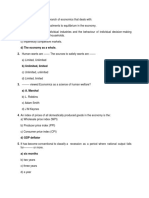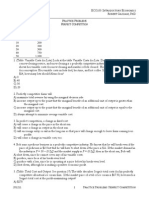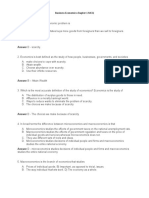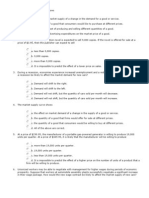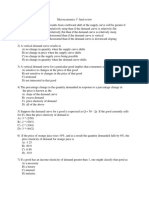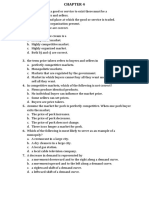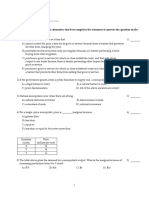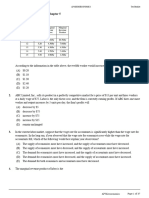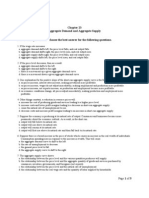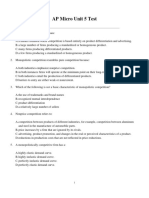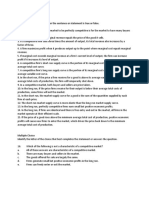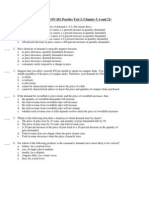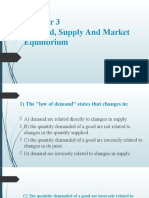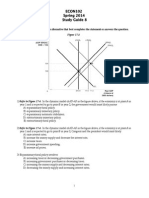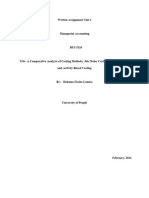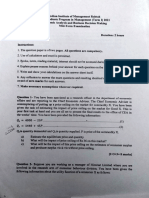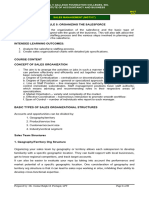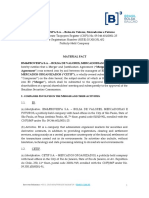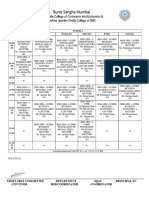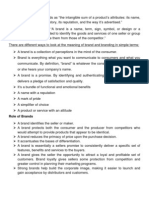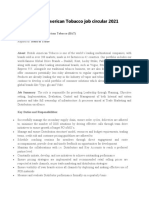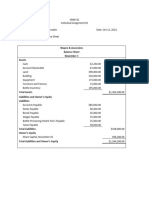0% found this document useful (0 votes)
199 views7 pagesMidterm Exam Code - 01
1. The document is a midterm exam for a microeconomics class covering topics like scarcity, production possibilities frontier, demand and supply.
2. It contains 30 multiple choice questions testing understanding of concepts like opportunity cost, factors that shift demand and supply curves, and the relationship between price and quantity demanded/supplied.
3. The questions include diagrams of production possibilities frontiers and supply/demand curves to illustrate economic concepts and require examinees to analyze shifts in the curves.
Uploaded by
Phương MaiCopyright
© © All Rights Reserved
We take content rights seriously. If you suspect this is your content, claim it here.
Available Formats
Download as DOCX, PDF, TXT or read online on Scribd
0% found this document useful (0 votes)
199 views7 pagesMidterm Exam Code - 01
1. The document is a midterm exam for a microeconomics class covering topics like scarcity, production possibilities frontier, demand and supply.
2. It contains 30 multiple choice questions testing understanding of concepts like opportunity cost, factors that shift demand and supply curves, and the relationship between price and quantity demanded/supplied.
3. The questions include diagrams of production possibilities frontiers and supply/demand curves to illustrate economic concepts and require examinees to analyze shifts in the curves.
Uploaded by
Phương MaiCopyright
© © All Rights Reserved
We take content rights seriously. If you suspect this is your content, claim it here.
Available Formats
Download as DOCX, PDF, TXT or read online on Scribd
/ 7










